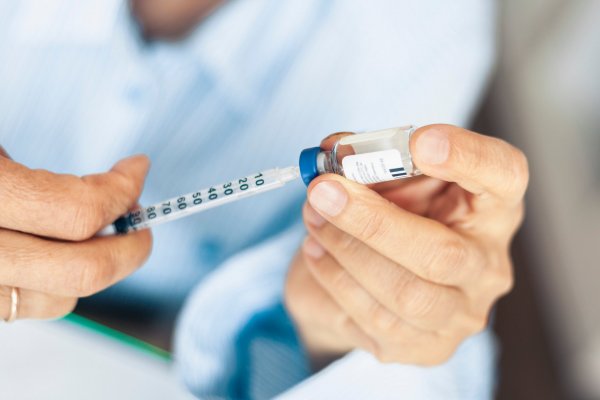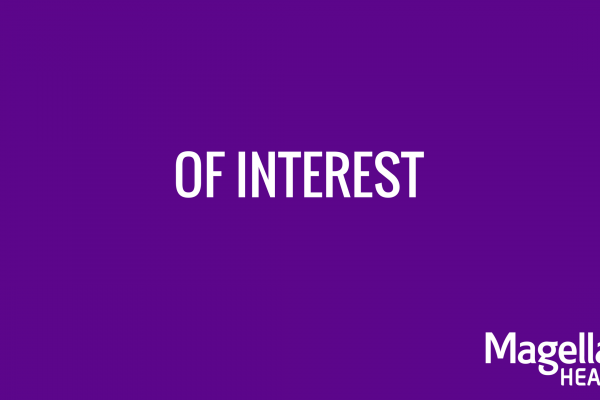There is no mistaking that opioid addiction is a major social issue in the United States but there is also a lot of confusion and misinformation. We’ve included seven frequently asked questions about opioid addiction below.
1) What are opioid medications?
Opioids are medications prescribed to relieve physical pain. Opioid medications bind to the areas of the brain that control pain and emotions, driving up levels of the feel-good hormone dopamine in the brain’s reward areas, and producing intense feelings of euphoria. As the brain becomes used to the feelings, it often takes more and more of the drug to produce the same levels of pain relief and well-being, leading to dangerously high tolerance levels, dependence, and later, addiction.
2) What are the names of some common opioid medications?
- Codeine
- Fentanyl citrate
- Hydrocodone (e.g., Vicodin)
- Hydromorphone (e.g., Dilaudid)
- Mepedridine (e.g., Demerol)
- Morphine (e.g., Kadian, Avinza)
- Oxycodone (e.g., OxyContin, Percocet)
3) What are opioid medications used for?
Opioids are used to treat moderate to severe pain that may not respond well to other pain medications. They provide relief from an array of symptoms associated with respiratory illnesses, severe coughing, injuries, trauma, surgery, dental procedures and chronic pain.
4) How do people become addicted?
Taken as prescribed, opioids can be used to manage pain safely and effectively. However, since these drugs also affect the brain regions involved in reward, some people experience a euphoric response. Those who abuse opioids may seek to intensify their experience by taking the drug in ways other than those prescribed.
5) What is the difference between opioid dependence and opioid addiction?
Physical dependence on opioids means that the body relies on an external source of opioids to prevent withdrawal. Normally the body is able to produce enough endogenous opioids (i.e., endorphins) to prevent withdrawal. However, as tolerance increases over time, eventually the body’s ability to maintain its equilibrium is exceeded and the body becomes dependent on the outside source of opioids. Physical dependence is predictable, easily managed with medication, and is ultimately resolved with a slow tapering off of the opioid.
Unlike physical dependence, addiction is a change in behavior caused by biochemical changes to the brain after continued substance abuse and it is classified as a disease. Addiction takes the form of uncontrollable cravings, the inability to control drug use, compulsive drug use, and continued use despite doing harm to oneself or others. Strong cravings are common to all addictions. These cravings are rooted in altered brain biology. Recovery is the process of reversing, to the extent possible, these brain changes. This is accomplished through therapy and replacing the addictive behaviors with healthy alternative behaviors.
6) What are the signs of an opioid addiction?
- Constricted pupils
- Nausea
- Itchiness
- Drowsiness
- Reduced social interaction
- Anxiety
- Poor memory and concentration
- Slowed breathing, movement and reactions
- Mood swings
- Apathy and depression
7) What does treatment involve?
Opioid addiction is a chronic disease, like diabetes, asthma and hypertension. While it can’t be cured, it can be treated to help the person regain a healthy, productive life. Treatment programs typically include detoxification, medication for opioid withdrawal, counseling and the support of family and friends. The goal of the treatment program is to help the person get through the withdrawal successfully and learn new coping skills to address addictive behaviors over the long-term.
Additional Resources
Centers for Disease Control and Prevention (CDC)
The CDC website features a section devoted to opioid information, data and FAQs. In addition, there are guidelines for prescribing opioids for chronic pain to help ensure patients have access to safer treatment options.
National Institute on Drug Abuse (NIDA)
NIDA provides information odrugabuse.govn commonly abused drugs, the latest science and treatments, trends and statistics to improve individual and public health.
The American Society of Addiction Medicine
A society of physicians aimed at increasing access to addiction treatment. They offer a nationwide directory of addiction medicine professionals.
The Substance Abuse and Mental Health Services Administration (SAMHSA) or 1-800-662-HELP
Find locations for residential, outpatient, and hospital inpatient treatment programs for drug addiction and alcoholism throughout the country.
The Partnership at Drugfree.org or 1-855-378-4373
Provides information and resources on teen drug use and addiction for parents to help them prevent and intervene in their children’s drug use or find treatment for a child who needs it.
Help is available. For additional information, visit MagellanHealth.com/MYMH





